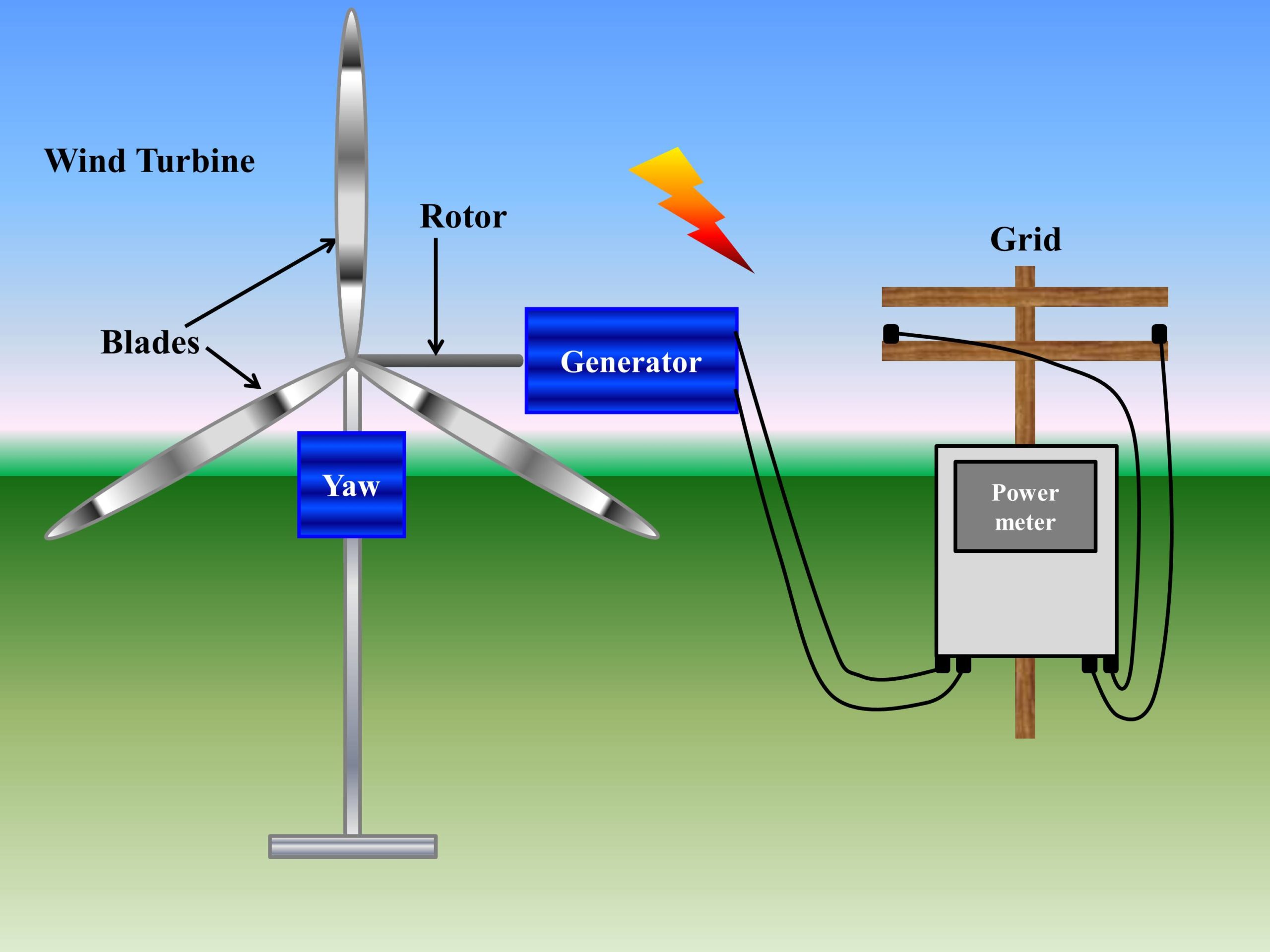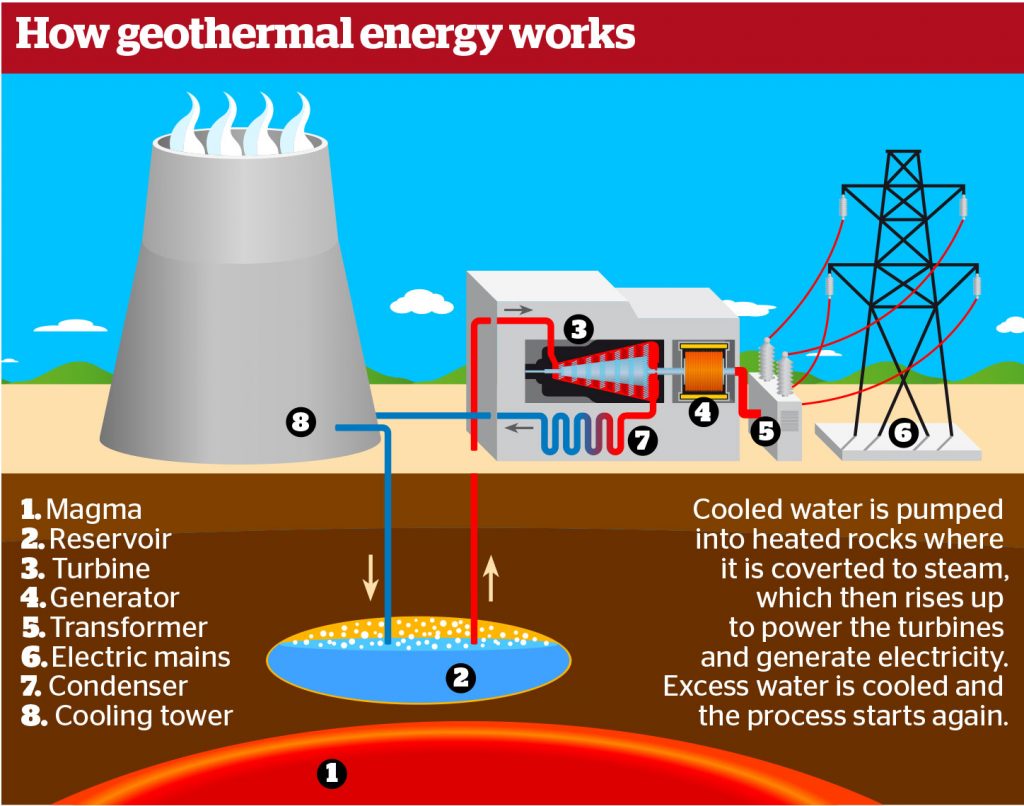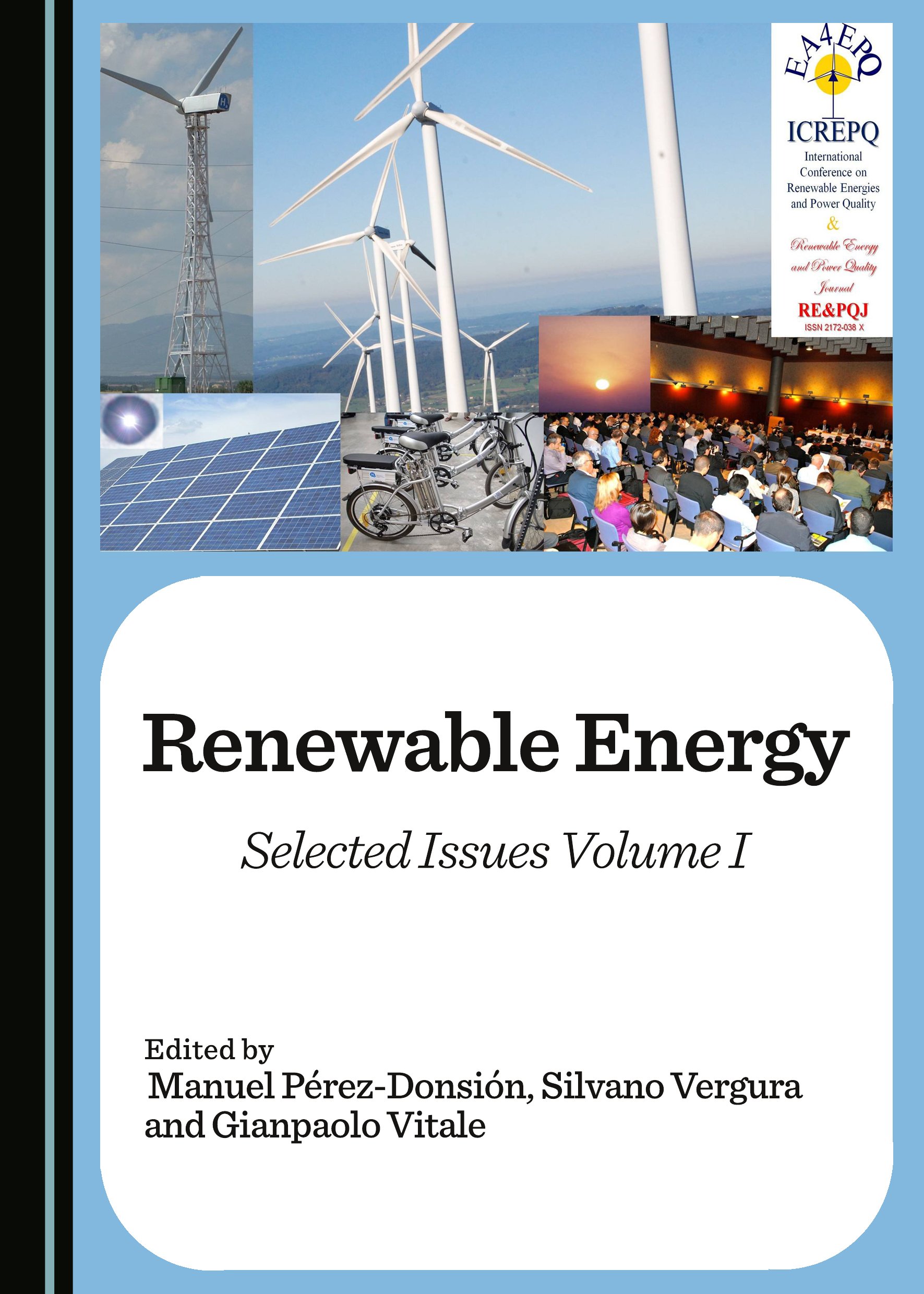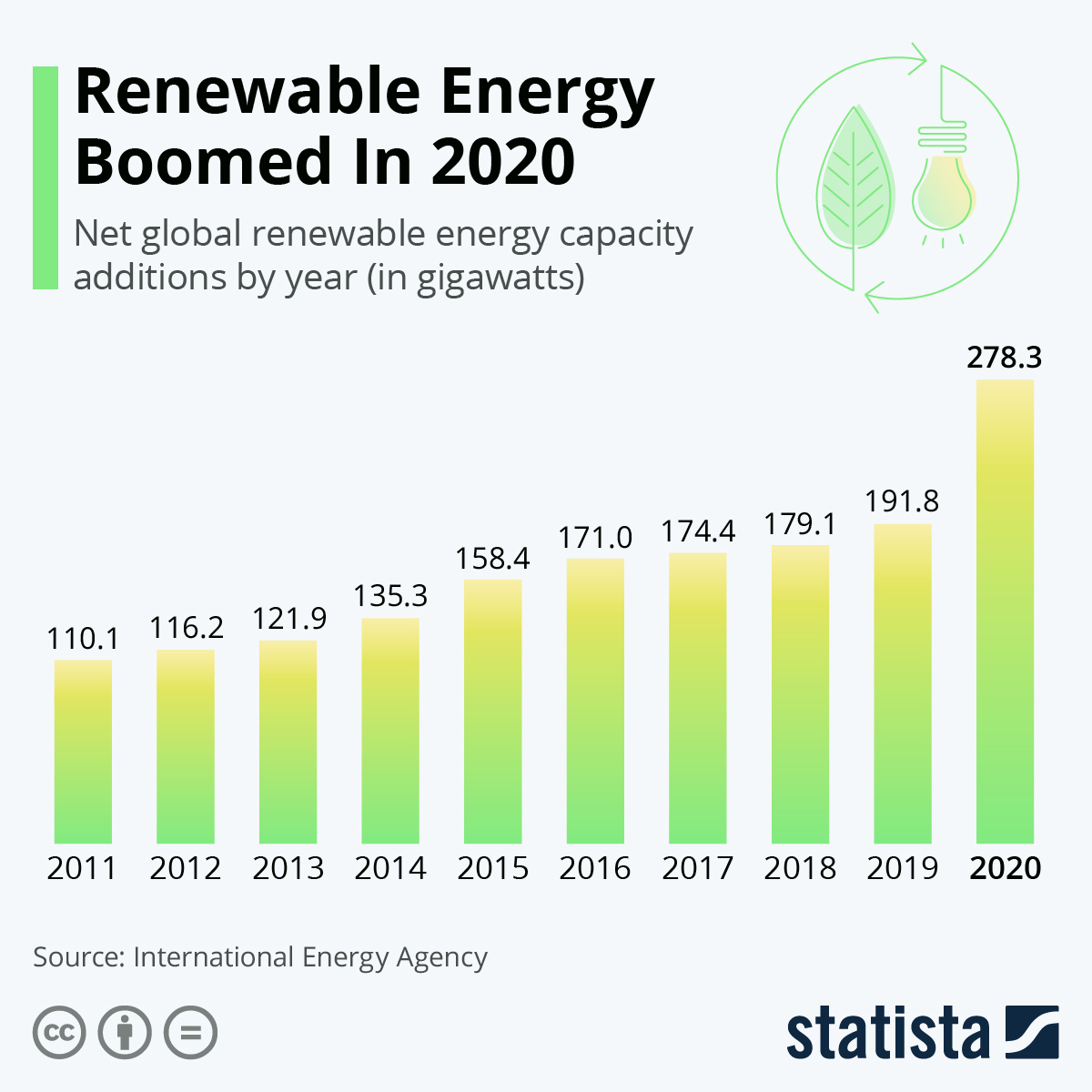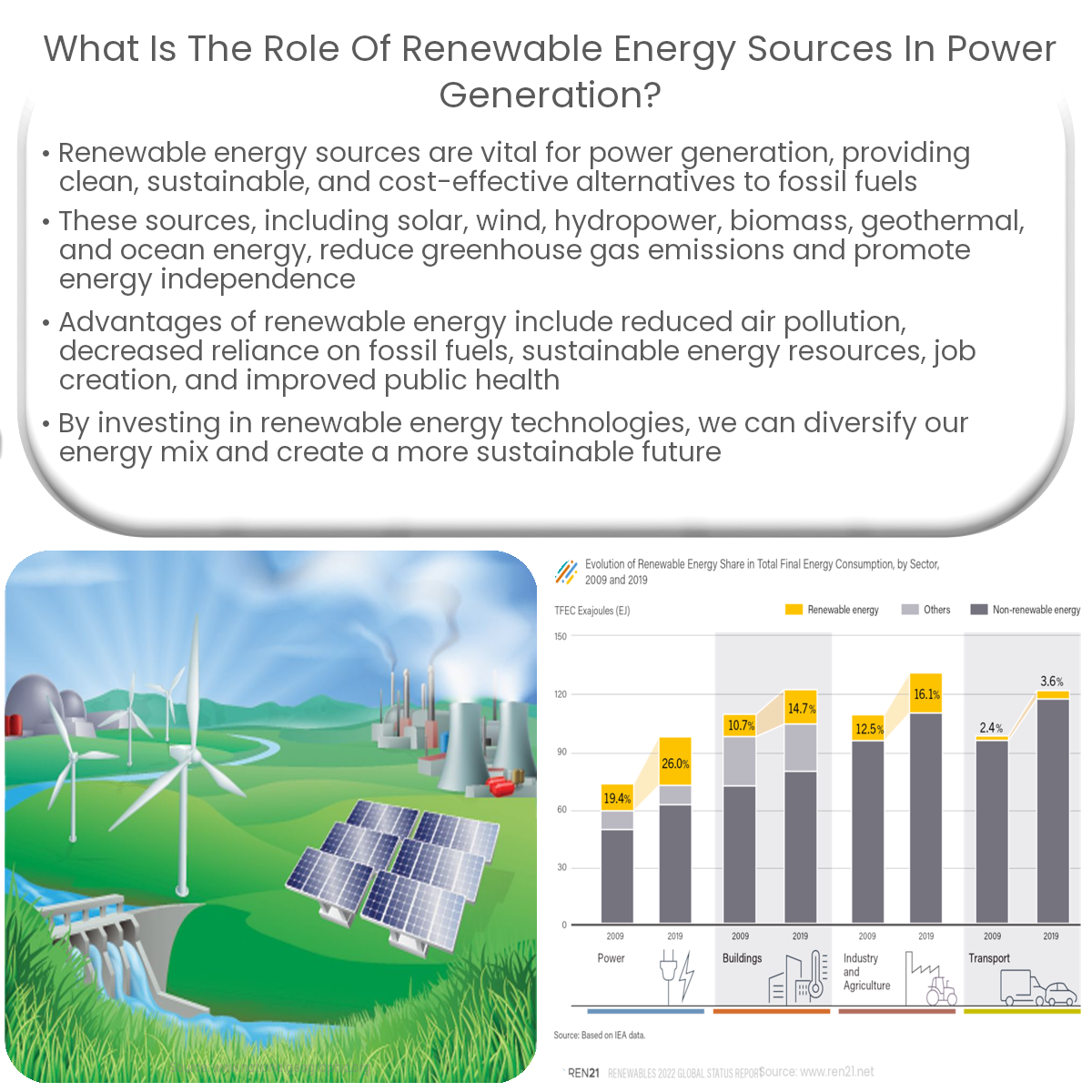Renewable Energy Sources Presentation
| Introduction to Renewable Energy Sources | ||
|---|---|---|
| Renewable energy sources are alternatives to fossil fuels. They are derived from natural sources that can be replenished. These sources include solar, wind, hydro, geothermal, and biomass. | ||
| 1 | ||
| Solar Energy | ||
|---|---|---|
| Solar energy is derived from the sun's radiation. It is converted into electricity using photovoltaic cells or concentrated solar power systems. Solar energy is abundant and has no greenhouse gas emissions. | ||
| 2 | ||
| Wind Energy | ||
|---|---|---|
| Wind energy is harnessed by wind turbines converting kinetic energy into electricity. Wind power is clean, abundant, and widely available. Offshore wind farms have the potential to generate large amounts of electricity. | ||
| 3 | ||
| Hydro Energy | ||
|---|---|---|
| Hydro energy is generated from flowing or falling water. It is produced by damming rivers or using tidal energy. Hydroelectric power plants provide a constant and reliable source of electricity. | ||
| 4 | ||
| Geothermal Energy | ||
|---|---|---|
| Geothermal energy is derived from the heat within the earth's core. It is accessed through geothermal power plants or geothermal heat pumps. Geothermal energy is available 24/ 7 and has low greenhouse gas emissions. | ||
| 5 | ||
| Biomass Energy | ||
|---|---|---|
| Biomass energy is produced from organic matter, such as plants and animal waste. It can be converted into biofuels, heat, or electricity. Biomass energy reduces waste and can be sustainable if managed properly. | ||
| 6 | ||
| Advantages of Renewable Energy Sources | ||
|---|---|---|
| Renewable energy sources are clean and do not contribute to air pollution. They are abundant and can provide energy security. They have the potential to create jobs and stimulate economic growth. | ||
| 7 | ||
| Challenges of Renewable Energy Sources | ||
|---|---|---|
| Initial setup costs for renewable energy systems can be high. The intermittent nature of some sources, like solar and wind, requires energy storage solutions. The transition from fossil fuels to renewable energy requires significant infrastructure changes. | ||
| 8 | ||
| Global Renewable Energy Trends | ||
|---|---|---|
| Renewable energy capacity has been steadily increasing globally. Many countries have set renewable energy targets to reduce dependence on fossil fuels. Technological advancements continue to improve the efficiency and affordability of renewable energy systems. | ||
| 9 | ||
| Conclusion | ||
|---|---|---|
| Renewable energy sources are vital for a sustainable future. They offer clean, abundant, and diverse options for generating electricity. Continued investment and support for renewable energy will lead to a greener and more resilient energy sector. | ||
| 10 | ||


